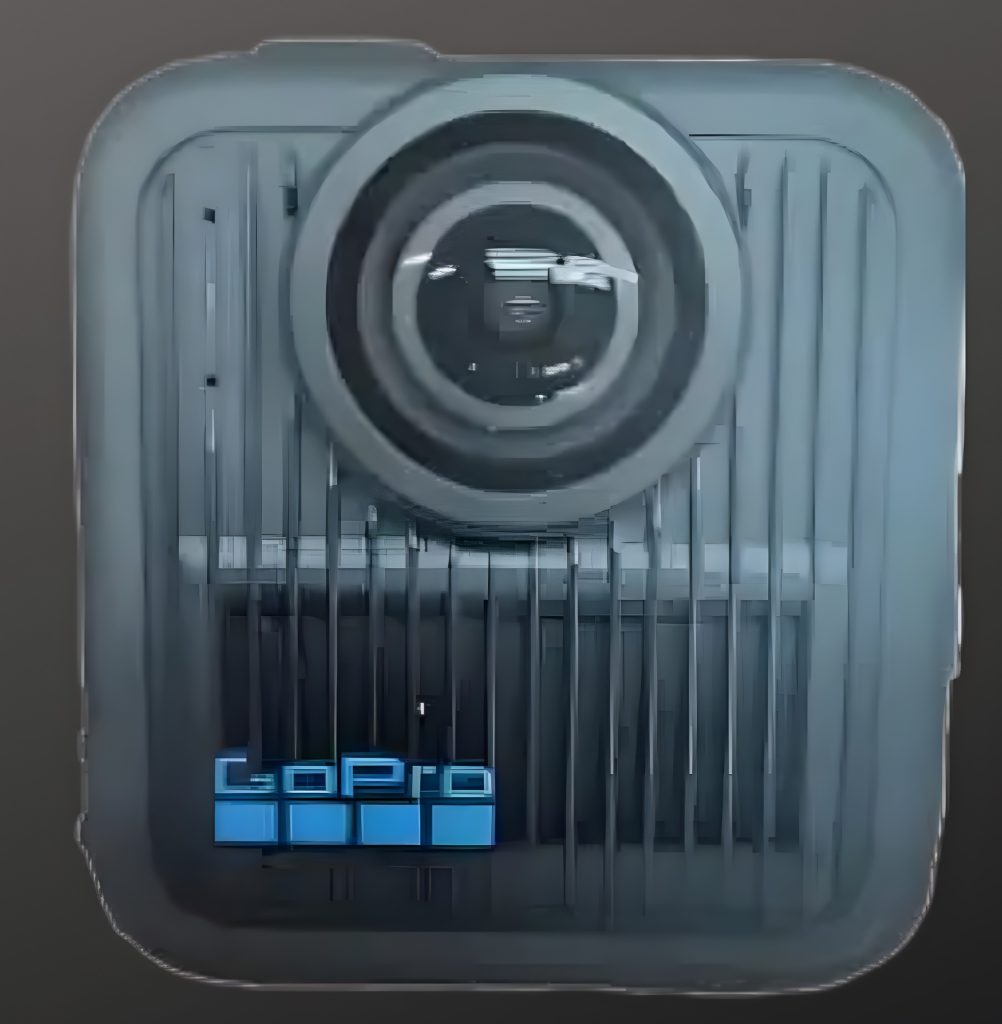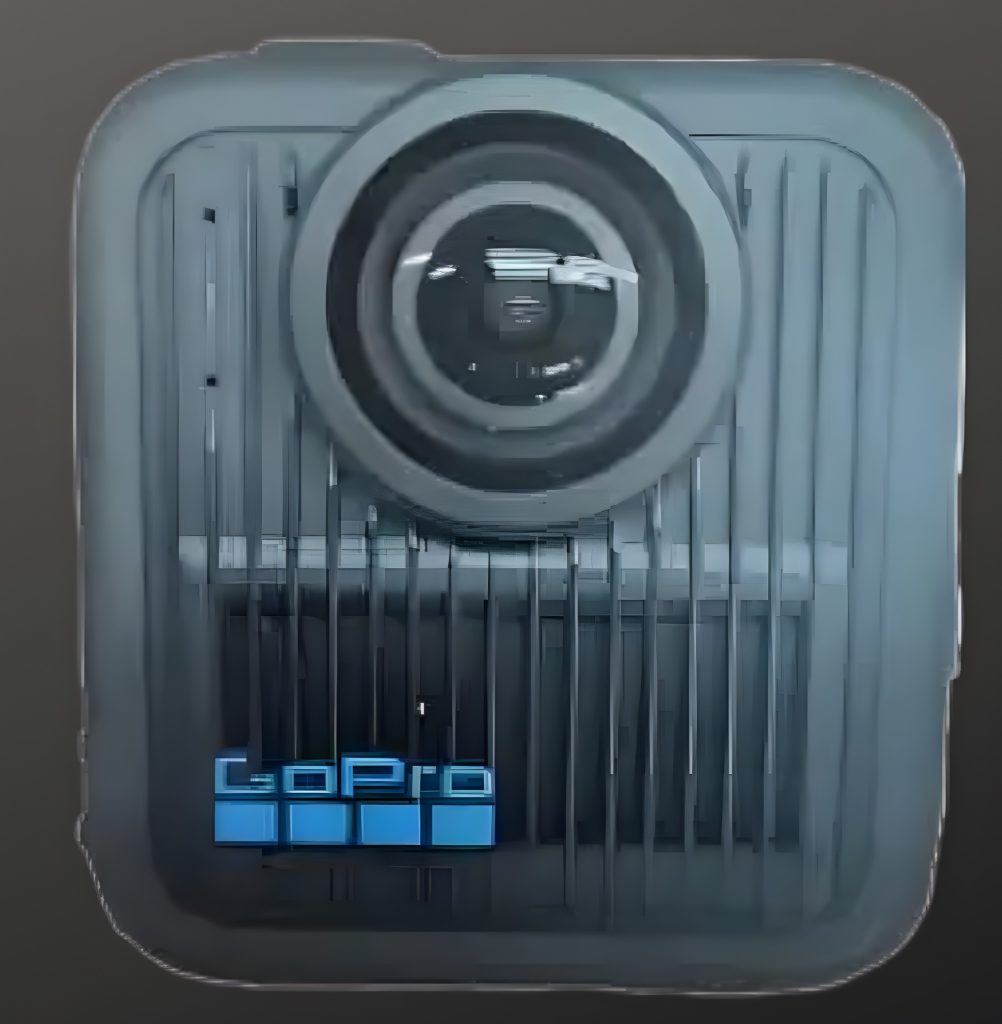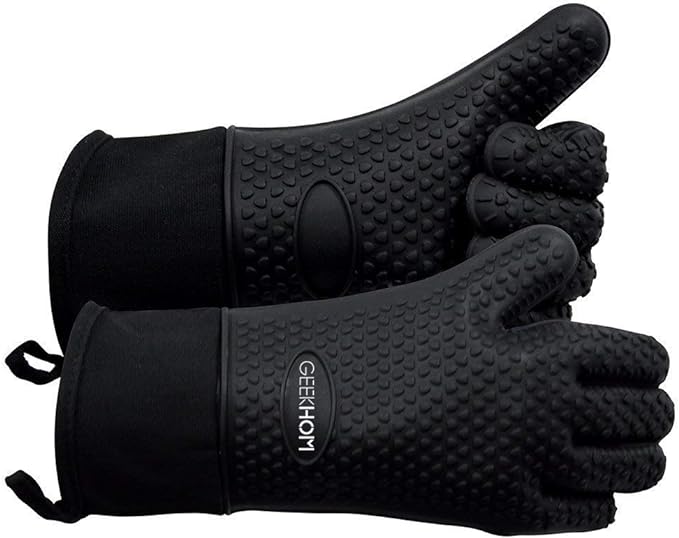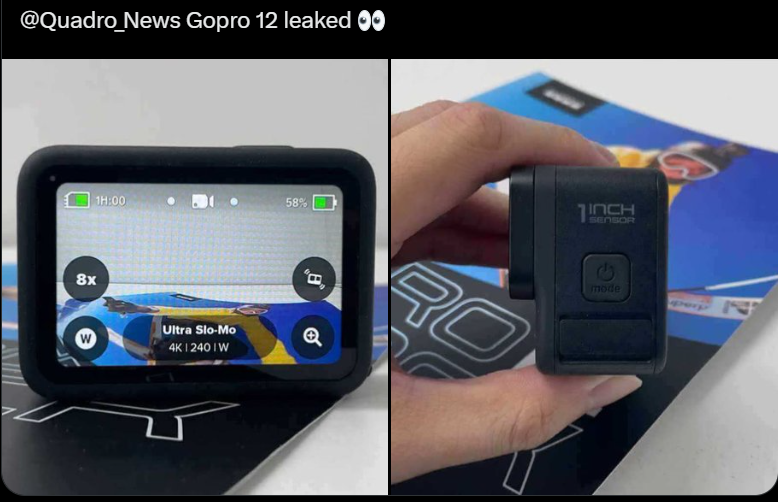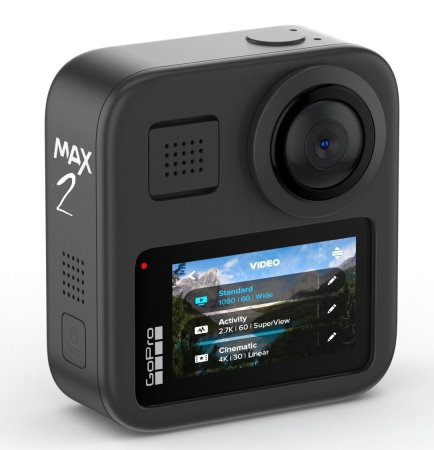No one saw this coming!
If there’s one thing you can say about GoPro, it’s that they are always pulling something new out of the bag. This year is no different. With a leaner and more efficient approach to business, GoPro is gearing up to take on the competition in a big way, and I, for one, am excited to see how it all unfolds. GoPro has truly reignited my excitement for their future plans!
GoPro’s Investor Call: A Shocking Announcement!
GoPro held its Q4 investor relations call this past Thursday, and what they announced was not what anyone expected! Honestly, I was blown away, and I don’t think anyone else saw this coming either. So let’s break it down.
Last year, GoPro announced that the Max 2 camera was ready to hit the market and would go on sale in Q3. Everyone (myself included) was eagerly awaiting what GoPro had in store. The timing seemed perfect—GoPro had nearly run out of its existing Max camera inventory, setting the stage for the Max 2’s launch.
However, mere weeks before the expected release, Insta360 dropped its X4 camera, featuring impressive specs that quickly won over users (I haven’t managed to get my hands on one myself—budget constraints are real!). Shortly after this, GoPro announced a delay, pushing the Max 2’s release to Q4. Fans were not happy, and many took this as a sign that the Max 2 might be underpowered compared to the competition. A (now removed) interview with a GoPro PCB designer suggested the Max 2 was designed with the aging GP2 processor—the same chip that powered the Hero 10, Hero 11, Hero 12, and Hero 13. That’s four generations old at this point!
By Q4, GoPro further delayed the Max 2 to 2025, sparking fears that the camera was either being redesigned from scratch or scrapped altogether. This was a major disappointment for GoPro customers and a significant financial hit—GoPro estimated a loss of $100 million in sales due to having no 360-camera offering.
Many assumed GoPro would abandon the 360 market entirely and shift focus to non-360 cameras and other projects.
We couldn’t have been more wrong!
A Stunning Turn of Events: Two New 360 Cameras!
During Thursday’s investor relations call, GoPro announced not one but two new 360 cameras launching this year! Even more shocking—the first will be available by the end of this month! This news stunned and excited fans. GoPro is officially back in the 360-camera game!
Their renewed commitment to the 360 market is also reflected in a massive update to the Quik mobile app. If you own a GoPro Max, you can now take advantage of automatic subject tracking, new preset 360 effects, and more! GoPro is not just launching new hardware; they are improving the overall user experience.
To top it all off, GoPro confirmed the long-awaited GP3 processor is coming this year! But before we get into that, let’s talk about the two new cameras.
The Refreshed GoPro Max: A Smart Move
The biggest surprise of all was GoPro’s decision to refresh the Max rather than just restart production. The Max, originally released in 2019, was a groundbreaking 360 camera, and even today, it remains a favorite due to its compact size, ease of use, and stunning video quality. However, GoPro had run out of inventory, and instead of simply bringing it back, they’ve opted to refresh it—hinting at potential improvements.
GoPro described the refreshed Max as an entry-level 360 camera, which means they’ll have to strike a balance. It can’t be just a 2019 camera sold at full price, but it also can’t be so advanced that it overshadows the upcoming Max 2.
Likely Upgrades
- Improved Wi-Fi – Upgrading to Wi-Fi 6 could make file transfers faster and more reliable while improving battery life.
- Upgraded Bluetooth – Enhanced Bluetooth (like in the Hero 13) could mean better connectivity, control range, and even Bluetooth audio support, a major upgrade since the original Max had no external audio support.
- New Modes – Features like night lapse, missing from the original Max but present in its predecessor, the GoPro Fusion, could finally make a comeback.
What NOT to Expect
- No GP2 Processor Upgrade – Any performance improvements will likely be minor.
- No HDR Video – This feature is more suited for the Max 2.
- No Major Redesign – GoPro will likely stick with existing tooling to keep costs down.
Will I be buying one? I’m not sure yet. I already own a GoPro Max and a GoPro Fusion, and I still use both. However, if the refreshed Max supports Google Street View updates (something the original Max failed at), I’d buy it in a heartbeat!
The Max 2: The 360 Powerhouse We’ve Been Waiting For
Now, this is the camera that really has me excited. I was ready to buy one last year, but when GoPro missed their release date, I was disappointed—though also slightly relieved. That rumored GP2 processor would have been a major letdown. The delay suggests GoPro went back to the drawing board to create something far superior. If GoPro delivers like they did with the Hero 13, the Max 2 could be a massive leap forward.
Expected Features
- GP3 Processor – The long-awaited next-gen processor, likely built on a 5nm process for improved performance, efficiency, and thermal management.
- Upgraded Wi-Fi & Bluetooth – Faster connectivity and Bluetooth audio support.
- HDR Video & Higher Resolutions – Expect 8K resolution and better frame rates, possibly 60fps or 120fps in certain modes.
- New Thermal Design – Likely incorporating heat dissipation improvements similar to the Hero 13.
- New Battery – Possibly redesigned for better efficiency and longer runtime.
- In-Camera Night Effects – Features like star trails, light painting, and vehicle lights, but now in full 360.
- Contacto Door Support – This game-changing waterproof power door should also make its way to the Max 2.
What NOT to Expect
- 12K+ Resolution – While 8K is probable, extreme resolutions wouldn’t make sense for mobile editing.
- Media Mod – Stitching issues make external mods tricky, and Bluetooth audio makes it unnecessary.
- Interchangeable Lenses – The protruding lenses of 360 cameras make lens swapping difficult.
Will I be buying one? Absolutely. The Max 2 will be my go-to 360 camera once it launches. It seems GoPro took the extra time to get things right instead of rushing a mediocre product to market.
Final Thoughts: GoPro is Back in the Fight
GoPro is clearly shifting gears, focusing on:
- Improving software with highly requested features (like automatic subject tracking).
- Innovating hardware with meaningful upgrades (interchangeable lenses, HDR, longer recording times, etc.).
The announcement of two new 360 cameras and the GP3 processor has rekindled my excitement for GoPro’s future. The Hero 13 is already one of GoPro’s best releases, and with the Refreshed Max, Max 2, and Hero 14 on the horizon, 2025 is looking like an incredible year for action cameras.
One thing not mentioned during the investor call was the Forecite helmet system, which was expected to launch in Q3 or this year. Given the potential market impact, I suspect GoPro is keeping this under wraps while they finalize testing. If it launches, I predict at least two models—one with a chin-mounted camera and another with a dual-camera front/rear setup.
Either way, it’s an exciting time to be a GoPro fan!
If you want to help support DemonView, please consider using the “Buy Me A Coffee” link. This website is powered by your generosity (and a LOT of coffee) and your donation helps fund this website!
